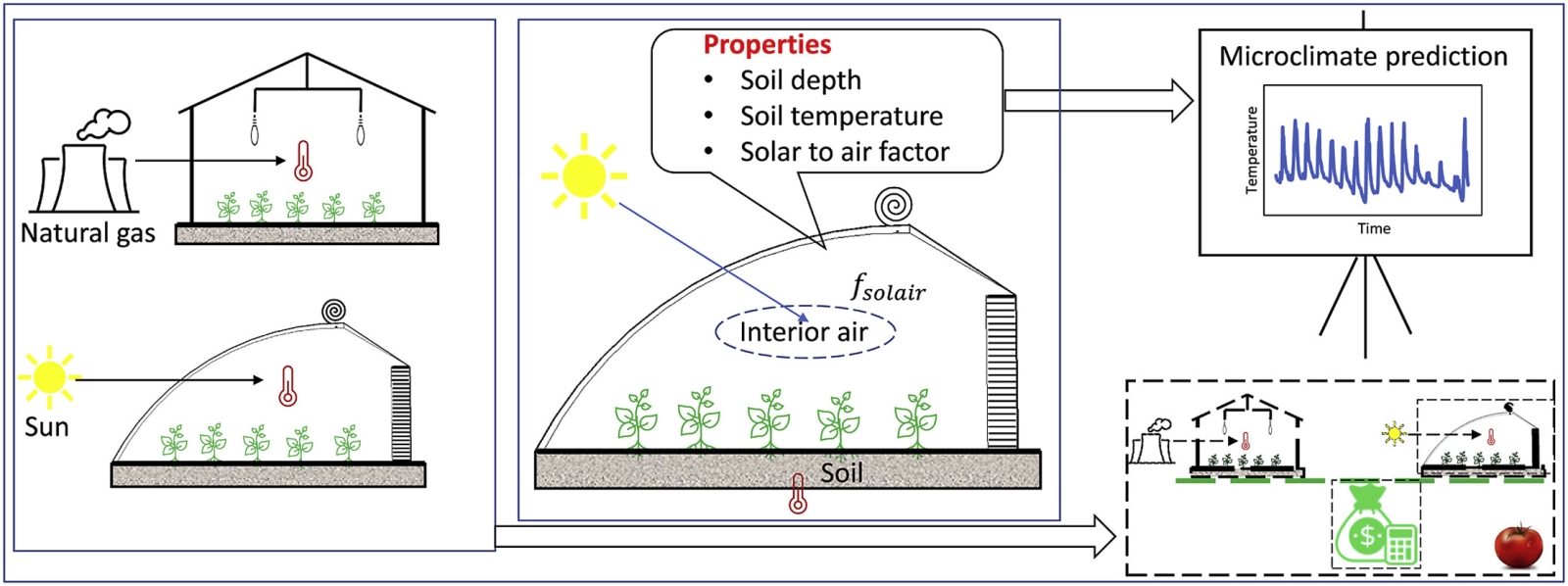September 1, 2023 | Journal of Cleaner Production |
Researchers from the University of Windsor in Canada have explored a groundbreaking approach to agricultural greenhouses, ones that could change the way we grow crops, save energy, and reduce our carbon footprint.
Agricultural greenhouses are like a protective shield for crops, creating a perfect environment for them to grow, even in extreme weather conditions. However, the cost of running these greenhouses can be high because they need a lot of energy to keep the right conditions for crops.
To make agriculture more sustainable and environmentally friendly, the researchers focused on designing a special type of greenhouse called a "net-zero passive solar greenhouse." This greenhouse is located in Alberta, Canada, where winter temperatures can drop below freezing.
Here's what they did:
- Innovative Modelling: The researchers used advanced computer models to simulate what happens inside this unique greenhouse. They wanted to see how it would perform and what kind of environment it could create for the crops.
- The Power of the Sun: Unlike traditional greenhouses that rely on energy from power plants, this net-zero greenhouse taps into clean, renewable solar energy. It uses the sun's warmth to create the right conditions for crops to thrive.
- Digging into the Details: The study looked at various factors, including the type of ground the greenhouse was built on and how much of the sun's energy was used to warm the air inside.
- Cost Savings: Importantly, the research also compared the cost of growing crops in this special greenhouse to the cost in a traditional one.
The results of this study have the potential to transform agriculture. By harnessing the power of the sun and making the most of natural resources, these net-zero greenhouses could lead to a more sustainable and cost-effective way of growing crops. This not only benefits farmers but also the environment, as it reduces the greenhouse gases produced by traditional farming methods.
Read more: Thermal modelling of a passive style net-zero greenhouse in Alberta: The effect of ground parameters and the solar to air fraction
Graphical abstract






